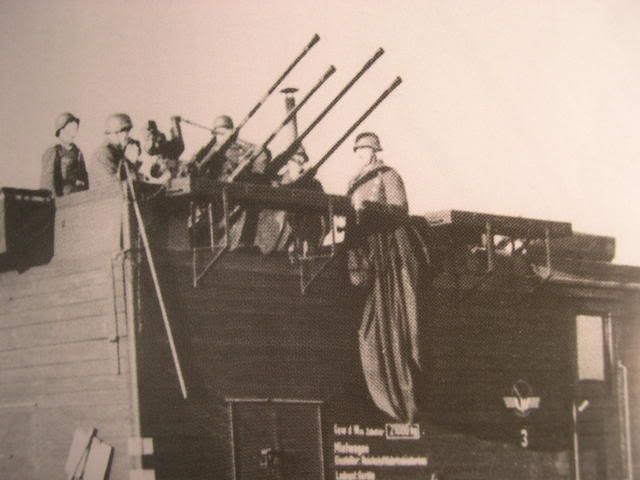Guys - I have a great grouping from 4/schwere Flakabt 535 (Eis). Can anyone tell me about the marking on the train?
Thanks!
Marc

Thanks!
Marc


There is currently 0 user online. 0 members and 0 guests.
Most users ever online was 8,717 at 11:48 PM on 01-11-2024.
Comment